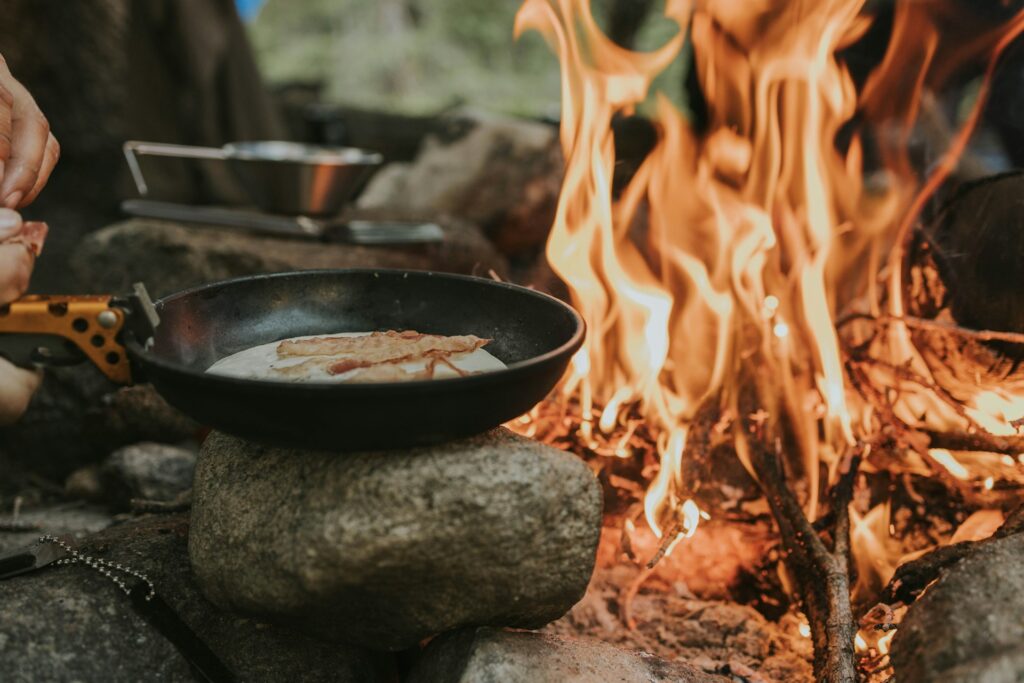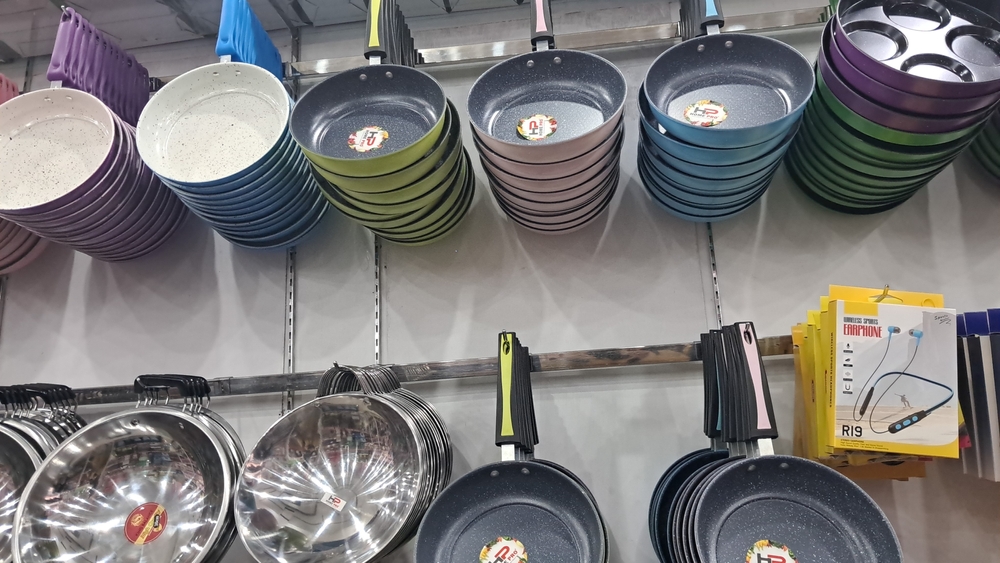When it comes to cookware, few debates are as common as choosing between ceramic and cast iron skillets. Both have unique qualities that make them popular in kitchens, yet they serve very different purposes. To decide which is better, it helps to break down their strengths, weaknesses, and ideal uses.
Heat Retention and Distribution

Cast iron skillets are known for their ability to retain and distribute heat evenly. Once heated, they stay hot for a long time, which is ideal for searing meat, frying, or baking dishes that require steady temperatures. Ceramic skillets, on the other hand, heat up quickly but do not hold onto heat as long. This makes them more suited to quick cooking tasks where precise temperature control matters.
Cooking Surface and Food Release
Ceramic skillets typically feature a smooth nonstick coating, making them easy to cook with and simple to clean. Eggs, pancakes, and delicate foods come off the surface with little effort. Cast iron requires seasoning, which is the process of building up layers of oil baked into the surface. Once seasoned, cast iron can also achieve nonstick qualities, but it takes time and maintenance to get there.
Durability and Longevity
Cast iron skillets can last for decades, even generations, if properly cared for. They can handle extremely high heat, are oven safe, and are nearly impossible to ruin. Ceramic skillets are more fragile. Their coating can wear down over time, especially if metal utensils are used or the pan is overheated. Once the ceramic coating chips or scratches, the skillet becomes less effective and may need replacing.
Weight and Handling
Cast iron skillets are heavy, sometimes uncomfortably so for daily use. Lifting one with a full meal inside can be challenging, especially for people who prefer lighter cookware. Ceramic skillets are much lighter and easier to maneuver, which makes them more convenient for everyday cooking.
Maintenance Requirements
Cast iron requires ongoing care. It must be seasoned, kept dry to prevent rust, and often washed without soap. This extra effort pays off in performance, but not everyone wants that commitment. Ceramic skillets are low maintenance. They can usually be washed with soap and water, need no seasoning, and are less prone to rusting or long-term issues.
Versatility in Cooking
Cast iron shines in versatility. It can go from stovetop to oven, making it excellent for roasting, baking, and even campfire cooking. Its ability to withstand extreme heat also makes it perfect for grilling and broiling. Ceramic skillets are versatile in lighter cooking but are not always oven safe at high temperatures. They work best for stovetop recipes that do not require extended cooking times.
Safety and Health Considerations
Ceramic skillets are often marketed as free from synthetic chemicals like PTFE or PFOA, which are found in some nonstick coatings. They provide a safer cooking option for those who want to avoid such materials. Cast iron adds a small amount of dietary iron to food, which can be beneficial for people with iron deficiencies. However, this may not be ideal for individuals who need to limit iron intake.

Cost and Value
Cast iron skillets are generally affordable and provide excellent value because they last a lifetime. Ceramic skillets can be inexpensive upfront but may require frequent replacement, making them less cost effective in the long run. The choice comes down to whether you prefer durability and investment value or the convenience of easy cleanup and lightweight design.
Which is Better for You?
The better option depends on how you cook. If you want a skillet that lasts forever, can handle any cooking method, and improves with use, cast iron is hard to beat. If you prefer quick cleanup, lighter handling, and nonstick cooking without much effort, ceramic is the better fit. Many kitchens benefit from having both, since each skillet excels in different areas.
Ease Of Use
There is no universal winner between ceramic and cast iron skillets. Each has strengths that appeal to different cooking styles and preferences. Cast iron is unbeatable for durability, heat retention, and versatility, while ceramic is excellent for ease of use and low maintenance. The best skillet for you depends on whether you value tradition and longevity or convenience and modern nonstick performance.
Read More: 10 Foods People Crave Most and the Hidden Health Clues Behind Them
Disclaimer: This article was created with AI assistance and edited by a human for accuracy and clarity.

